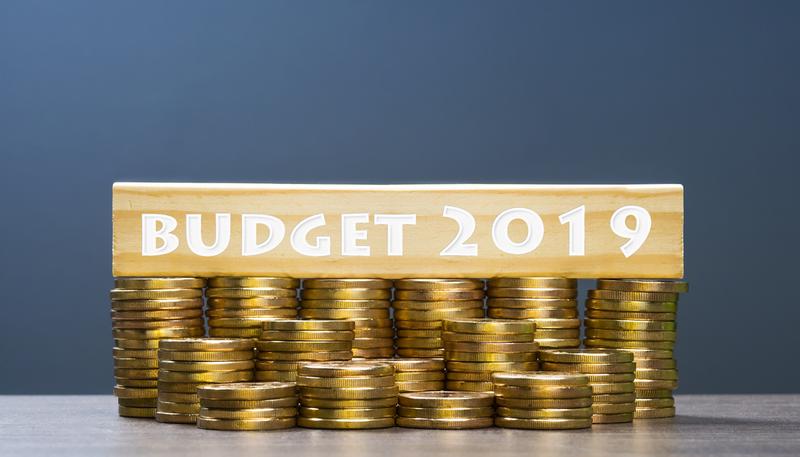
The US and Canada have reportedly reached a last minute deal on NAFTA, although details are yet to be released as of this writing. Yesterday was the deadline for agreement, allowing 60 days before the final deal between the US, Mexico and Canada can be signed - the Mexican President’s term ends on 30 November.
10y Italian bond yields rose above 3% again at the end of last week, as the new government indicated it would pursue a more expansionary fiscal policy, with a 2019 deficit of -2.4% compared with -0.8% targeted by the previous government. The draft budget is based on an optimistic GDP growth projection, which means the deficit could end up breaching the Eurozone’s 3% ceiling. Moreover, with 130% debt to GDP ratio, the proposed budget threatens Italy’s public debt sustainability. Final details of next year’s budget are only due in mid-October and there may be changes before then.
Both the official and Caixin manufacturing PMIs came in weaker than forecast for September, likely reflecting the impact of trade sanctions on China’s manufacturing sector. The official manufacturing PMI declined to 50.8 from 51.3 in August, with new export orders contracting for the fourth month in a row. Weakness in the manufacturing sector is being offset by the services and construction sectors however, with the non-manufacturing PMI beat expectations at 54.9, up from 54.2 in August. The Caixin PMI (focused on smaller private sector firms) fell to 50.0 from 50.6 in August.
Japan’s Tankan survey, released this morning, was largely weaker than expected with only smaller non-manufacturing firms showing improved sentiment in the third quarter. This follows disappointing industrial production data in Japan in August (up just 0.7% m/m against estimates of 1.4% m/m), which was released on Friday.
Bahrain’s government is reportedly planning to pass VAT and pension reform legislation before the 24 November parliamentary elections. The move is likely part of a financial support package being negotiated with other GCC states. Last week, Bloomberg reported that USD 10bn in assistance was being discussed in a five-year program. The latest official GDP data shows Bahrain’s economy contracted -1.2% y/y in Q1 2018, the first contraction since Q4 2011, mainly on lower crude oil output.
The Saudi Ministry of Finance released the pre-budget statement for 2019, showing a 7.4% rise in total spending next year, and a projected deficit of -4.1% of GDP. For 2018, the government estimates a deficit of -5.0% of GDP. However, our own projections are for higher revenue this year and thus a smaller deficit of -2.8%. We are also more optimistic on the budget shortfall for 2019 with a forecast of -3.6% of GDP. Generally, the authorities assume a conservative average oil price in their budgeting process, which accounts for the difference between our estimates and theirs. The official 2019 budget is likely to be released towards the end of this year.
Separately, the UAE cabinet approved the federal budget for 2019 at AED 60.3bn, up 17% y/y and signalling a more expansionary fiscal stance. The federal budget is always balanced as it is fully funded by transfers from the individual emirates. It typically accounts for around 12% of the consolidated UAE budget.